Historic homes of Fayetteville that are still lived in
Cumberland County has dozens of homes that appear on the National Historical Register list, with some dating back to the early 19th Century.
Some homes, like the 1897 E.A. Poe House on Bradford Avenue, and the 1800s Sanford House and 1907 McDiarmid home, both on Dick Street, have been turned into museums or private businesses.
Some homes, however, still have residential occupants.
Here’s a look at some of the historical homes in the city, according to Cumberland County property records and deeds.
Taylor-Utley House
According to documents filed with the North Carolina Division of Archives and History, the Taylor-Utley House was built about 1848 in the village of Belmont, a small settlement of Haymount that was a mile from Fayetteville city limits.
The property was purchased by Capt. James A.J. Bradford, commander of the nearby U.S. Arsenal in Fayetteville, and sold to local merchant William Taylor, who built the two-and-one-half story frame dwelling for his family. According to records, Taylor’s home and property were placed in a trust in 1857 to cover his debts, and he defaulted on the house and lot the following year.
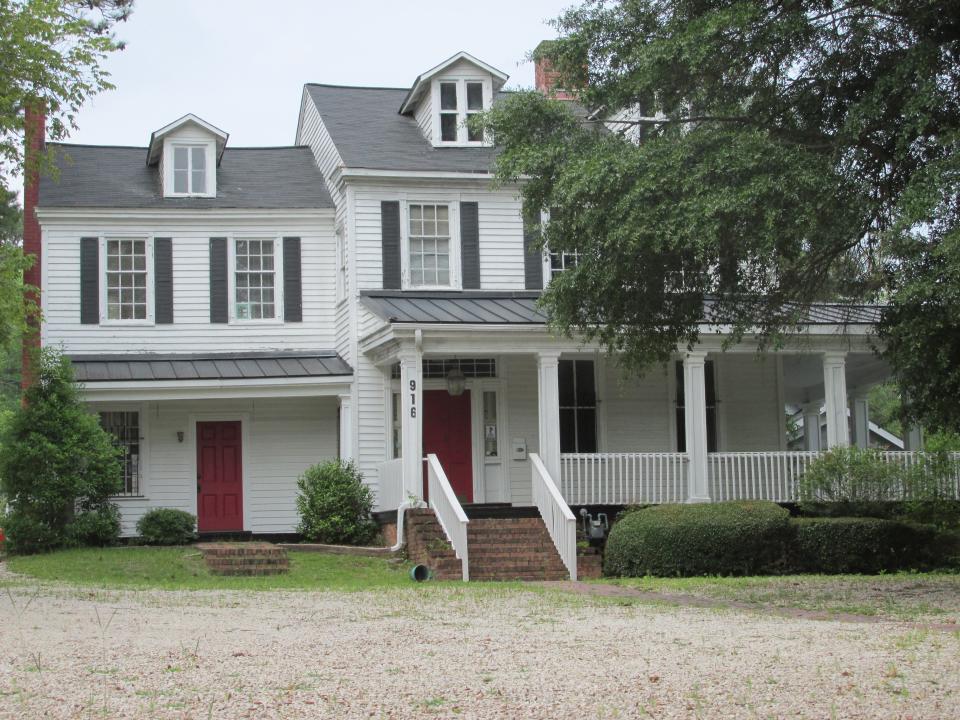
Joseph Utley, a local merchant, then purchased the land. After Utley’s death in 1877, the property was transferred to his four unmarried daughters. Neil McQueen, who became sheriff of Cumberland County in 1885, was a later owner.
The Greek Revival-style home is at 916 Hay St.
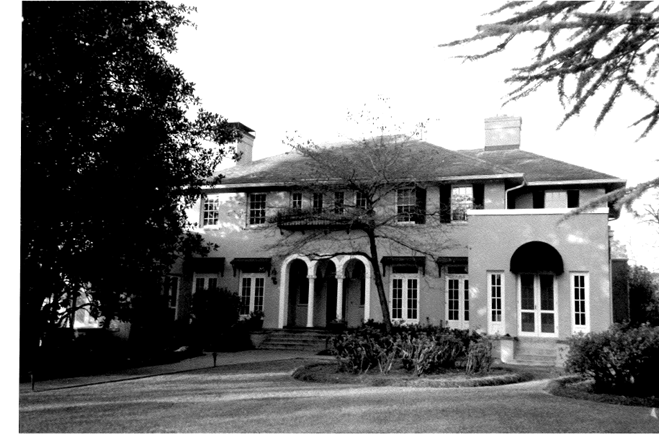
Stedman house
The two-story Stedman House was built about 1925 and is the only existing example of the Italian Renaissance Revival style within the city, according to historical records.
The house was built for Frank Haywood Stedman, a Fayetteville native and successful businessman who helped organize the Cross Creek Building and Loan Association in Fayetteville in 1905. He also organized and served as president of the Cumberland Savings and Trust Co. and the Caledonian Savings and Trust Co. Stedman was a delegate to the 1924 Democratic National Convention and served for several years on the North Carolina State Board of Conservation and Development.
After his banks failed, Stedman was “forced” to sell his home in May 1936. It was deeded to Elizabeth Gilbert, the wife of J. Warren Pate, who was president of Cumberland Savings & Loan. The Stedman House remained in the Pate family until March 1979
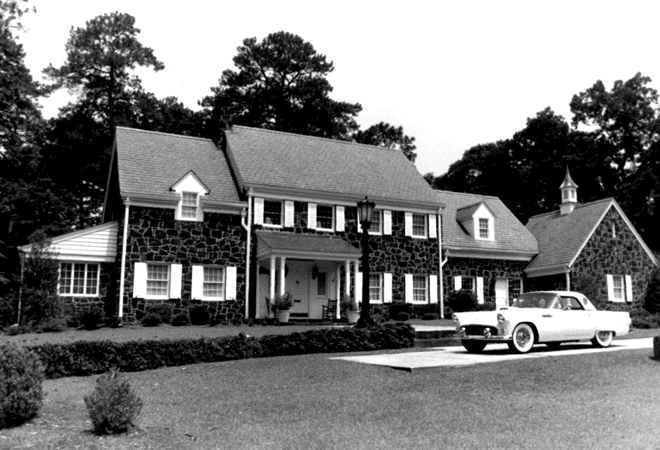
Brownlea or Rufus C. Brown House
In 1939, a new home was built for local business owner Rufus C. Brown, who was a partner for a local plywood manufacturing company known as Rankin and Brown Co., according to historical records. Brown was also vice president of the Home Federal Savings and Loan Association, a local bank.
The two-story Colonial Revival-style house became known as Brownlea by April 1940. After Brown’s death in 1973, the property was passed on to his wife and six daughters.
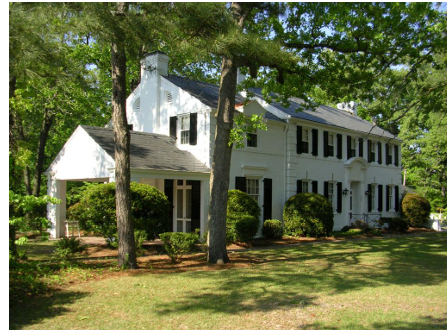
Verdery
A two-story Colonial Revival style home was built in 1936 for Dr. William C. Verdery, who came to Fayetteville in 1919 shortly after the establishment of Camp Bragg, according to historical records.
During his brief tenure in public health, Verdery also established a baby clinic in one of the city’s villages and treated patients during the influenza epidemic at Camp Bragg and in Fayetteville.
Fort Bragg spouse opens bed and breakfast near downtown Fayetteville
After being honorably discharged from the Army in 1920, Verdery joined the staff at Cumberland Hospital, where he practiced until 1925. He later practiced at Pitman Hospital in Fayetteville, specializing in obstetrics and pediatrics.
According to records, Verdery’s daughter, Stuart Verdery-Kerr, his only child, later occupied the home at 1428 Raeford Road.
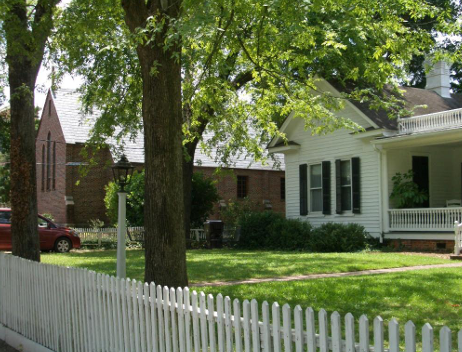
McMillian Rankin House
The McMillian Rankin House was added to the National Historic Register in 2007 when the Haymount Historic District’s boundaries were increased.
The one-story gable home is the second oldest in the district and was built about 1851 for John Waddell Jr. and purchased in 1872 by Daniel McMillan. It remained in the McMillan family until 1920 when Claude Rankin, a cashier at Cumberland Savings & Trust Co. and assistant treasurer of the Cape Fear Fair Association purchased it. Rankin was later the owner of Claude Rankin and Son Insurance Co.
Century-old Fayetteville home closer to preservation
Colton-Clark-Monoghan House
The Colton-Clark-Monoghan home was built about 1835 for the Rev. Simeon Colton, the first principal of the Donaldson Academy, according to historical records.
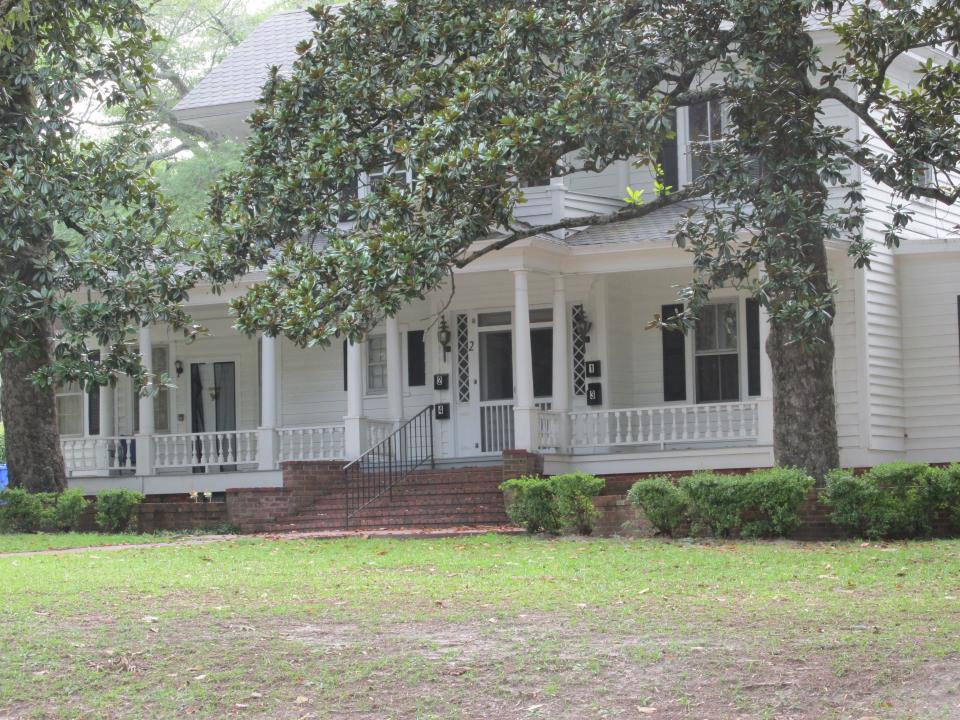
It was purchased in 1889 by Edward Lee Clark. In 1907, Clark’s daughter Etta Bell Monaghan moved into her childhood home with her husband Edward J. Monaghan. The home remained in the Clark and Monaghan families until it was sold in 1955.
Staff writer Rachael Riley can be reached at rriley@fayobserver.com or 910-486-3528.
This article originally appeared on The Fayetteville Observer: Fayetteville, NC historic homes that are privately owned

